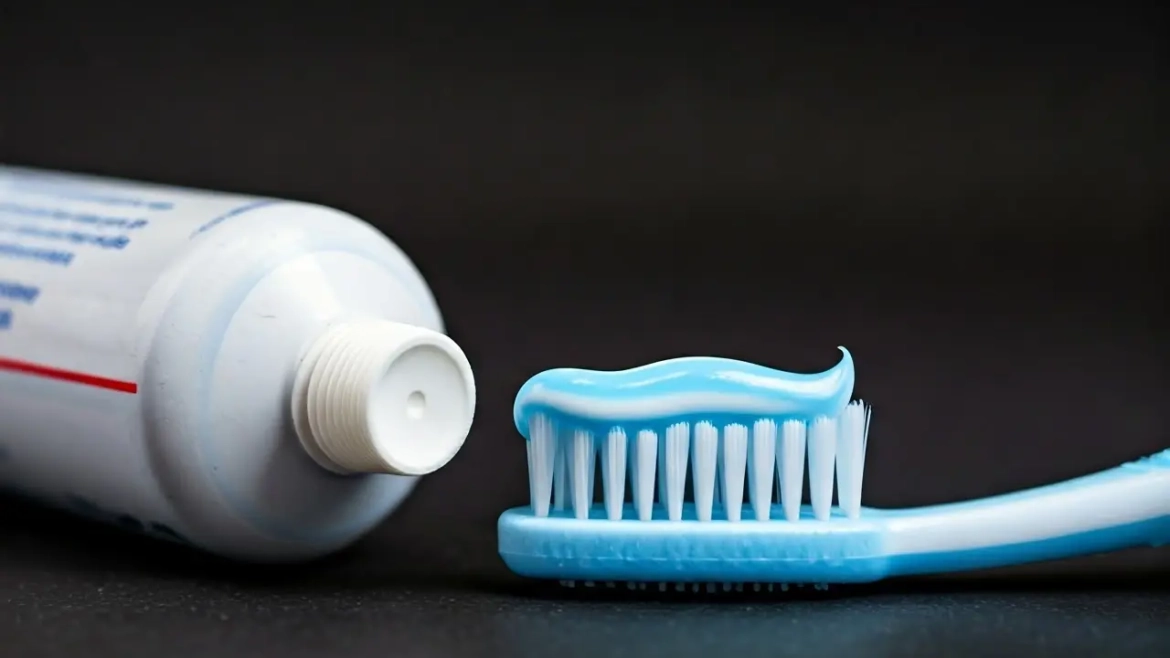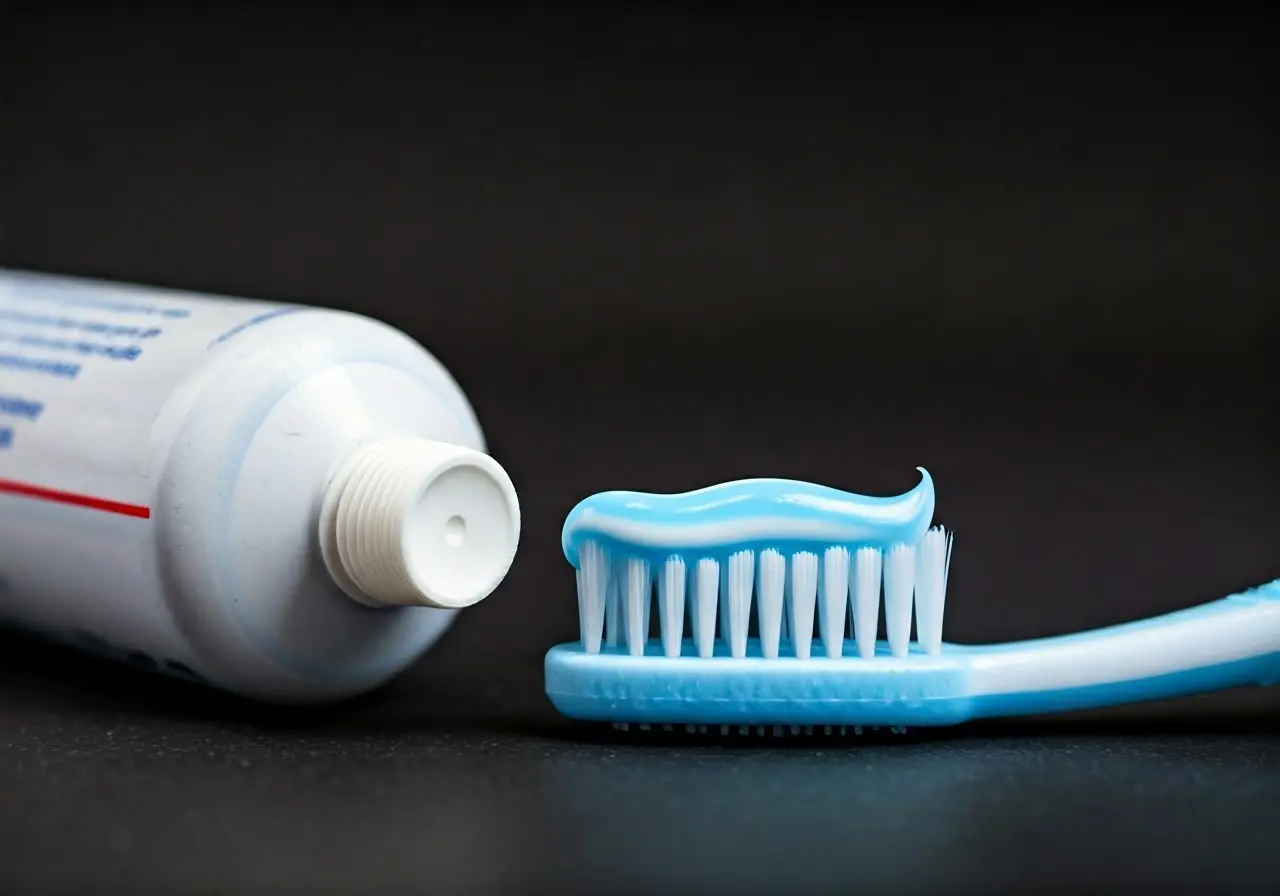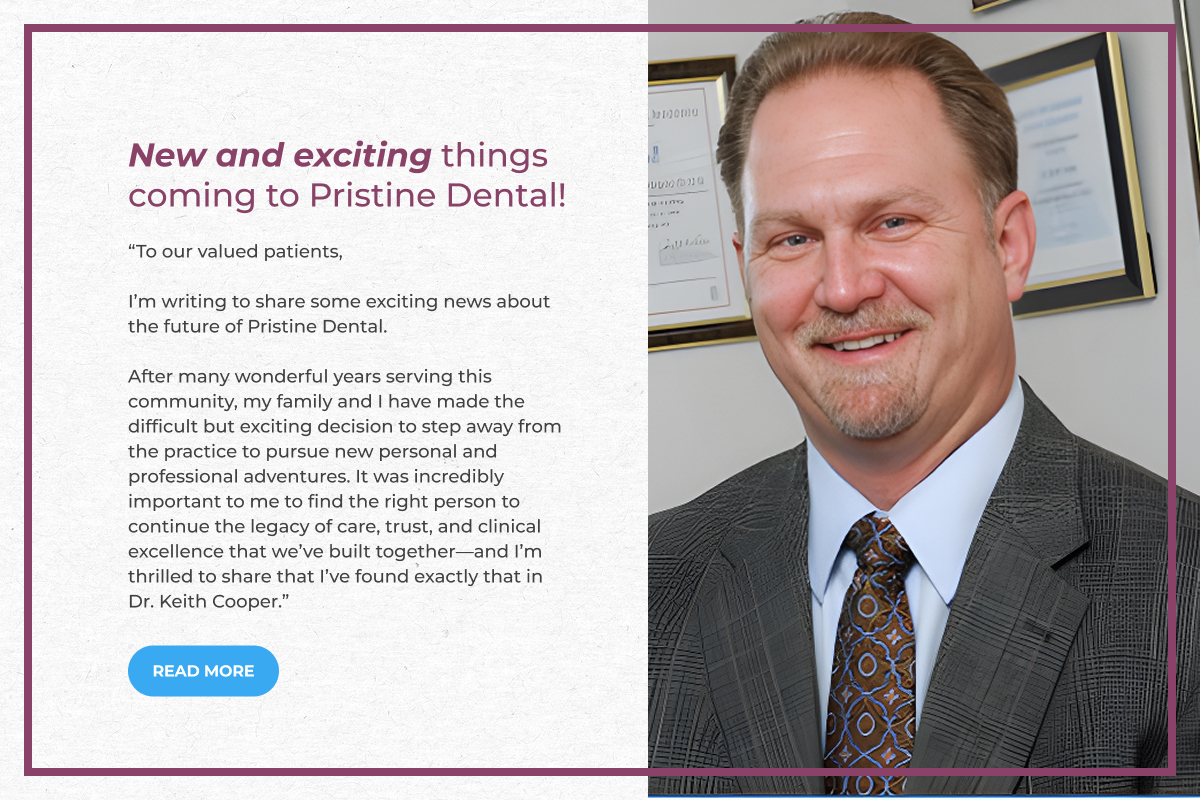Teeth whitening is a popular cosmetic dental procedure that promises a brighter, more attractive smile. While the results can be appealing, it’s important to understand the potential risks involved. In this FAQ, we’ll explore the common concerns associated with teeth whitening and how to mitigate them.
Is Sensitivity After Whitening Normal?
One common side effect of teeth whitening is increased tooth sensitivity. This occurs because the whitening process can temporarily weaken the enamel, exposing the softer dentin layer underneath. Using toothpaste for sensitive teeth can help alleviate this discomfort.
This sensitivity is usually temporary and often decreases after a short period. Some people find it helpful to use a desensitizing gel before and after treatment to further minimize sensitivity. It’s important to note that sensitivity can vary based on the concentration of the whitening agent and the method used, so it’s always a good idea to tailor your whitening approach to your specific needs.
If the sensitivity is persistent or significantly affects your daily activities, consulting a dentist is advisable. At Pristine Dental, we recommend scheduling a consultation to ensure your dental health isn’t compromised and to explore alternative whitening options that might suit your needs better.
Can Whitening Cause Gum Irritation?
Gum irritation can occur if the whitening agent comes into contact with the gums during treatment. It’s vital to use products as directed and ensure they are applied correctly to avoid this issue. Consulting with a dental professional can provide guidance on proper application techniques.
Whitening trays that don’t fit well can also contribute to gum irritation. Custom whitening trays, available through dental offices like ours, are designed to fit perfectly, minimizing the risk of the whitening gel spilling onto the gums.
Additionally, allowing brief rest periods between whitening sessions can prevent irritation from recurring, letting the gums recover and reduce inflammation. Adjusting the frequency of your whitening treatments is another strategy that can preserve gum health.
Are All Whitening Products Safe?
Not all whitening products are created equal. Some over-the-counter solutions may contain high levels of peroxide, which can damage the enamel if used excessively. It’s advisable to choose ADA-approved products and follow professional recommendations.
Professional-grade whitening options, offered by dental practices such as ours, are typically safer due to their controlled application process. These products are thoroughly tested to ensure they meet safety standards and deliver predictable results.
Misusing at-home whitening kits by exceeding the recommended application time or frequency can lead to adverse effects. Our experts at Pristine Dental are keen to guide you in selecting the right products and developing a safe whitening routine tailored to your dental profile.
Can Whitening Damage Existing Dental Work?
Teeth whitening typically does not affect crowns, veneers, or fillings, but it can make them appear discolored if natural teeth become whiter. Discussing potential outcomes with a dentist can help manage expectations and plan for aesthetic consistency.
It’s crucial to communicate with your dentist about any previous dental procedures before starting a whitening treatment. They can evaluate how whitening will interact with your existing dental work and create a strategy for maintaining cohesive dental aesthetics.
Our team at Pristine Dental is equipped to offer professional evaluations and treatments to help harmonize your smile, ensuring all aspects of your dental work look uniform and appealing after whitening.
In Conclusion
While teeth whitening can provide stunning results, being aware of potential risks and consulting with dental professionals can help minimize these issues. By making informed decisions and choosing safe practices, you can enjoy a whiter smile with confidence.



